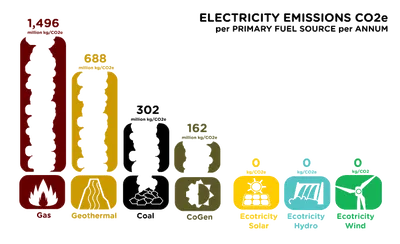Carbon emissions drop due to COVID-19 lockdown
06/05/2020

The threat of COVID-19 has caused many countries across the world to stop what they are doing to reduce transmission of the virus. Besides essential services (the definition of which varies from country to country, even varying between regions within a country), industries have ground to a halt and many individuals have been required to stay home. One of the unintended side effects of these drastic societal changes is the drop in emission levels.
Global drop in emissions
All over the world, air pollution has been reduced. Satellite imaging of China revealed a tremendous drop in nitrogen dioxide levels as the country went into lockdown. Similar drops have been seen in Italy and in other countries who mandated and enforced strict lockdown policies. Furthermore, international and domestic flights have sharply declined all over the world as travel bans and quarantine times have been instated, leading to a decrease in air travel-related pollution.
Local drop in emissions
The same effect has been noted locally. Emissions and air pollution levels have plummeted across New Zealand. An analysis of data from routine automated air quality monitoring conducted by regional councils for the first week of level four lockdown revealed that all major cities in New Zealand have had dramatic improvements in air quality. Nitrogen oxides (which are closely correlated with general emission levels) came down by 51% in Auckland’s CBD, while Wellington recorded a 75% drop and Christchurch recorded a 79% drop.
Will low emissions levels be maintained?
Dr Ian Longley, an air quality researcher at NIWA, pointed out to Stuff that this kind of improvement could easily be maintained by switching to electric vehicles. He told Stuff, “We’re basically now getting a preview of what it would be like.”
While it is unlikely these observations will result in an immediate shift to electric, the revelation of rapid emission reduction globally has given pause to individuals, scientists and policymakers globally. Emissions are being rethought for two reasons. First, as Dr Longley pointed out, reversals in air quality can be dramatic and immediate if everyone is on board. Two, air pollution has been linked to higher rates of COVID-19 infection and death. For example, the high mortality rate in northern Italy (12%) compared to the rest of Italy (4%) has been correlated with the high level of air pollution in the region. A similar result has been found in the US, where highly polluted counties are reporting COVID-19 death rates that are 4.5 times higher than counties with low levels of air pollution.
As the world emerges from its COVID-19 hibernation, it would be wise for policymakers and individuals to consider the environmental and human health implications in returning to “business as usual” emission levels. Instead, let’s create a new normal, which benefits the environment and protects our lungs.







